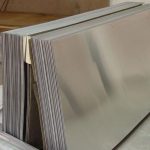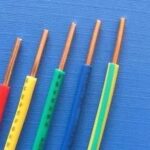Take you to understand 5052 H34 aluminium sheet
This article will take you to understand 5052 aluminium sheet 5052 H34 aluminium sheet is a kind of aluminium alloy. It has the composition of 50% Aluminium and balance with other elements, such as Copper, Magnesium, Silicon and so on. The alloy is mainly used for the production of aircrafts and cars. Aluminum is one … Read more


